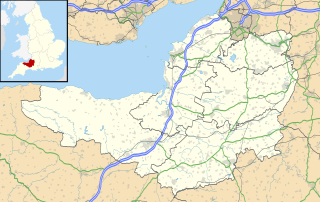 W
WBallands Castle was a castle near the village of Penselwood, Somerset, England.
 W
WBridgwater Castle was a castle in the town of Bridgwater, Somerset, England.
 W
WBury Castle near Brompton Regis in the English county of Somerset was an Iron Age univallate hillfort which was reused with the creation of a motte after the Norman Conquest. It has been scheduled as an ancient monument.
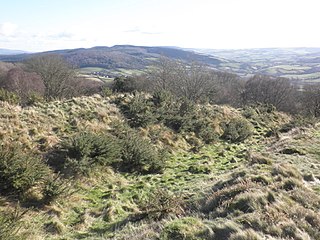 W
WBury Castle is an Iron Age hill fort near Selworthy, Somerset, England. It has been scheduled as an ancient monument.
 W
WCary Castle stood on Lodge Hill overlooking the town of Castle Cary, Somerset, England. It is a Scheduled Ancient Monument.
 W
WCastle Batch was a fortification at Worle that once stood overlooking the town of Weston-super-Mare in Somerset, England.
 W
WCastle Neroche is a Norman motte-and-bailey castle on the site of an earlier hill fort in the parish of Curland, near Staple Fitzpaine, Somerset, England. It is a Scheduled Ancient Monument.
 W
WCockroad Wood Castle was a castle near Wincanton but now in the parish of Charlton Musgrove, Somerset, England.
 W
WCrewkerne Castle was possibly a Norman motte and bailey castle on a mound that is situated north-west of the town of Crewkerne in Somerset, England.
 W
WCulverhay Castle, also known as Englishcombe Castle, was a castle in the village of Englishcombe, Somerset, England.
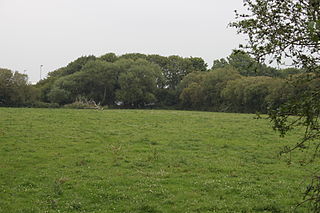 W
WDown End Castle, also known as Downend Castle, Chisley Mount or Chidley Mount, was a motte-and-bailey castle at Down End, north of Dunball in the parish of Puriton, Somerset, England. It has been designated as a Scheduled Ancient Monument.
 W
WDunster Castle is a former motte and bailey castle, now a country house, in the village of Dunster, Somerset, England. The castle lies on the top of a steep hill called the Tor, and has been fortified since the late Anglo-Saxon period. After the Norman conquest of England in the 11th century, William de Mohun constructed a timber castle on the site as part of the pacification of Somerset. A stone shell keep was built on the motte by the start of the 12th century, and the castle survived a siege during the early years of the Anarchy. At the end of the 14th century the de Mohuns sold the castle to the Luttrell family, who continued to occupy the property until the late 20th century.
 W
WFarleigh Hungerford Castle, sometimes called Farleigh Castle or Farley Castle, is a medieval castle in Farleigh Hungerford, Somerset, England. The castle was built in two phases: the inner court was constructed between 1377 and 1383 by Sir Thomas Hungerford, who made his fortune as steward to John of Gaunt. The castle was built to a quadrangular design, already slightly old-fashioned, on the site of an existing manor house overlooking the River Frome. A deer park was attached to the castle, requiring the destruction of the nearby village. Sir Thomas's son, Sir Walter Hungerford, a knight and leading courtier to Henry V, became rich during the Hundred Years War with France and extended the castle with an additional, outer court, enclosing the parish church in the process. By Walter's death in 1449, the substantial castle was richly appointed, and its chapel decorated with murals.
 W
WFenny Castle is the remains of a motte and bailey castle in the parish of Wookey, Somerset, England. It is a Scheduled Ancient Monument.
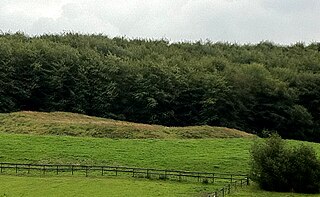 W
WHales Castle was a medieval castle that once stood overlooking the town of Frome in the Mendip district of Somerset, England. It has been scheduled as an ancient monument.
 W
WThis is a list of castles in the ceremonial county of Somerset, England. The first castles - private fortified residences of a lord or noble - were built in Somerset following the Norman Conquest of England, although earlier fortified structures, such as burhs or hill forts, of which there are many in Somerset were sometimes historically described as castles. In the aftermath of his victory at the Battle of Hastings in 1066, William the Conqueror entrusted the conquest of the south-west of England to his half-brother Robert of Mortain. Anticipating stiff resistance, Robert marched west into Somerset, supported by forces under Walter of Douai, who entered from the north; a third force, under the command of William de Moyon, probably landed by sea along the Somerset coast. These lords defended the coastline and the north and east of the county with a range of castles, including Neroche, Montacute and Dunster. The castles were carefully positioned to control key settlements, rivers and roads, and were constructed from timber, using either motte-and-bailey or ringwork designs. Rebellions soon broke out across the south-west, and Montacute was placed under siege in 1069. By the turn of the 12th century, however, many of the smaller castles built in the post-conquest years had already been abandoned.
 W
WLocking Castle was a castle that once stood on Carberry Hill near the site of RAF Locking in Locking in the North Somerset district of Somerset, England. It has been scheduled as an ancient monument.
 W
WMidford Castle is a folly castle in the village of Midford, and the parish of Southstoke 3 miles (5 km) south of Bath, Somerset, England.
 W
WMontacute Castle was a castle built on a hill overlooking the village of Montacute, Somerset, England.
 W
WNewton St Loe Castle was a fortified manor house in the village of Newton St Loe, Somerset, England. Parts of it survive: a 14th-century keep and 15th-century gatehouse, both Grade I listed buildings.
 W
WNunney Castle is a medieval castle at Nunney in the English county of Somerset. Built in the late 14th century by Sir John Delamare on the profits of his involvement in the Hundred Years War, the moated castle's architectural style, possibly influenced by the design of French castles, has provoked considerable academic debate. Remodelled during the late 16th century, Nunney Castle was damaged during the English Civil War and is now ruined.
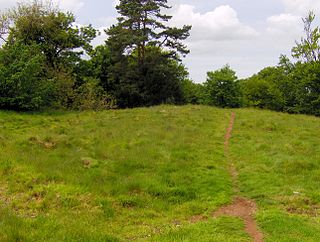 W
WRichmont Castle was an 11th-century motte-and-bailey castle near the village of East Harptree, Somerset, England. Now totally ruined, it once included parkland, an artificial lake and served as the local minery court.
 W
WStogursey Castle is a medieval castle in Somerset, England. Most of the site is in ruins, but there is a thatched gatehouse used for holiday rental by the Landmark Trust.
 W
WStowey Castle was a Norman motte-and-bailey castle, built in the 11th century, in the village of Nether Stowey on the Quantock Hills in Somerset, England. It has been designated as a Scheduled Ancient Monument.
 W
WTaunton Castle is a castle built to defend the town of Taunton, Somerset, England. It has origins in the Anglo Saxon period and was later the site of a priory. The Normans then built a stone structured castle, which belonged to the Bishops of Winchester. The current heavily reconstructed buildings are the inner ward, which now houses the Museum of Somerset and the Somerset Military Museum. The building was designated a grade I listed building in 1952.